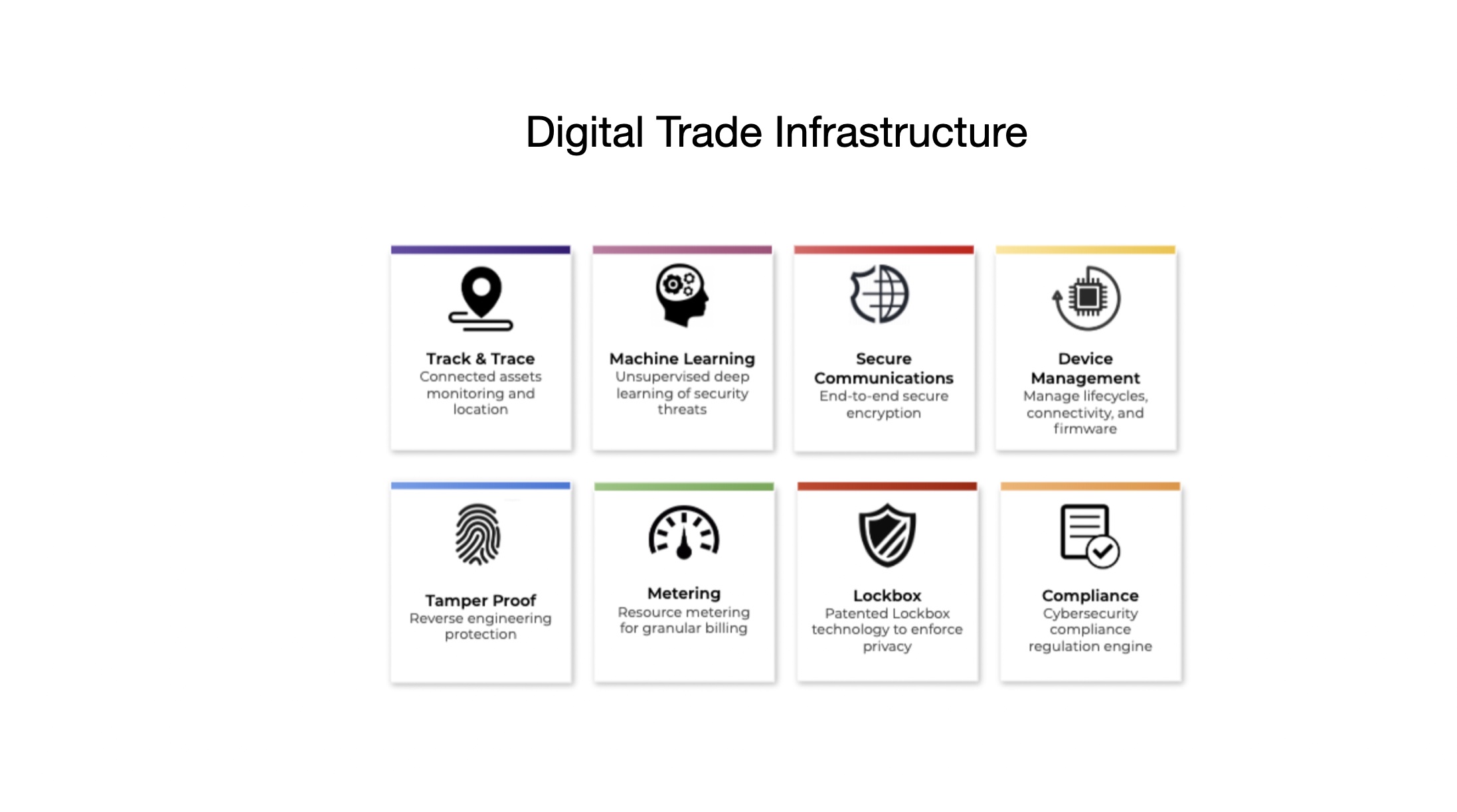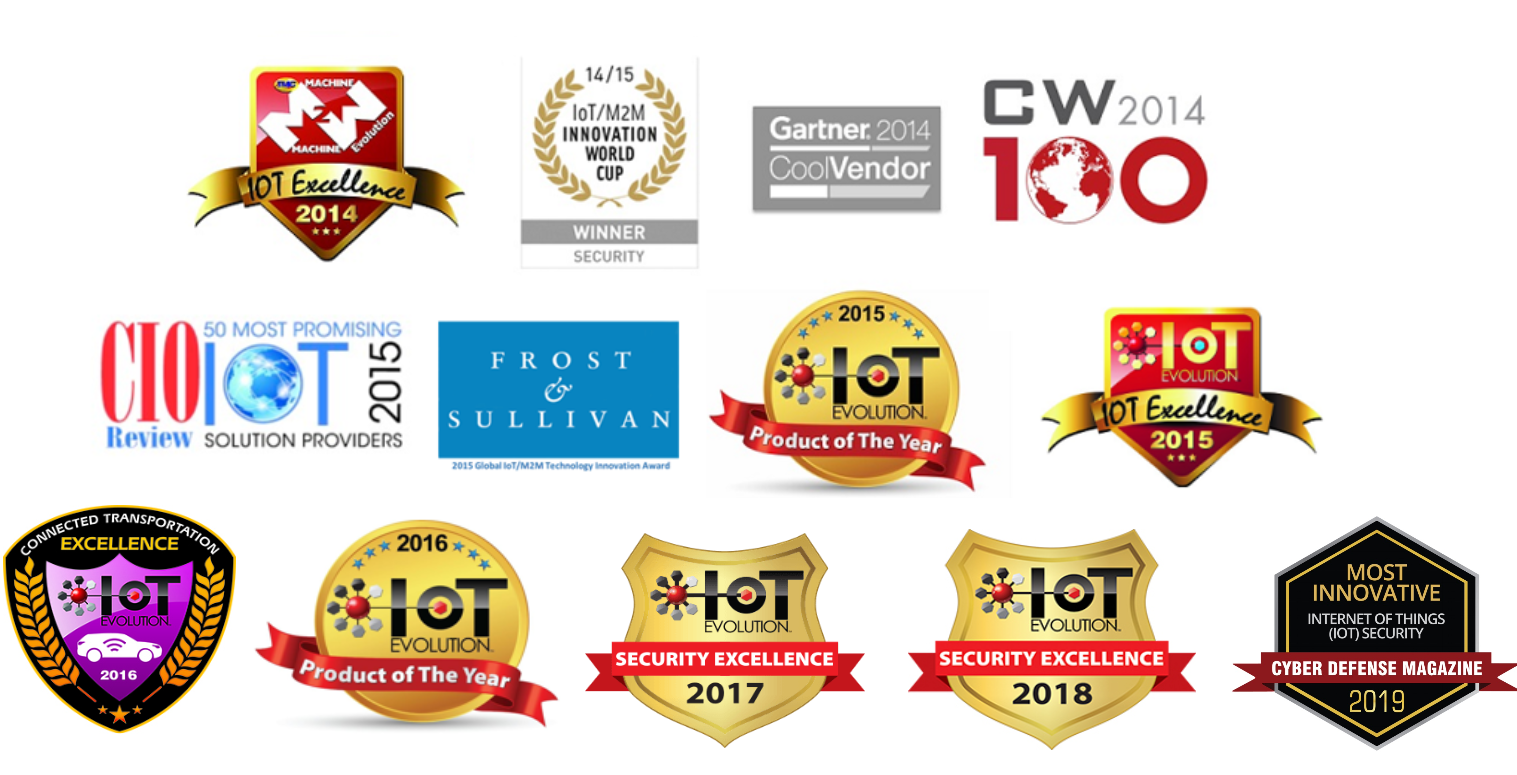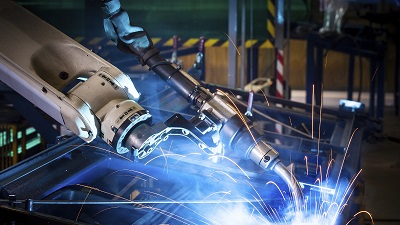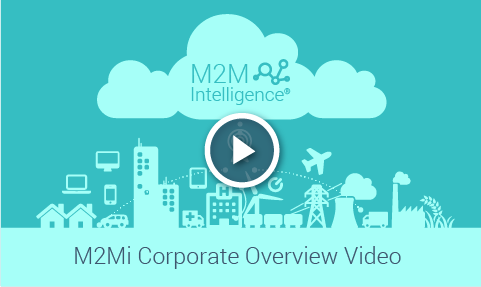IoT hardware manufacturers are mainly concerned with one thing: selling their product. Although this certainly comes across as an obvious fact, it is becoming difficult for these manufacturers to increase their margins let alone maintain their market shares. The reason is simple: the IoT competitive landscape has been expanding over the last year with a proliferation of new connected products. Consequently manufacturers must become more creative with their business models and monetization strategies. Fortunately for them they are able to profit from the transformation of their physical object into a digital data product (which at the end of day, is what IoT is all about). Indeed, recurring service offerings provide well-needed revenue assurance, and an ongoing brand affinity among customers that persists long after they’ve made their initial purchase. The challenge however not only lies in the inception of value added services but also the creation of precise resource billing tools that will benefit both the manufacturer and its customer.
Traditionally, the IoT hardware manufacturer would sell its product to system integrators, engineering, and consultancy companies who would then turn around and provide the end-customer with a complete IoT solution. The typical solution would include device deployment into the customer’s cloud ecosystem as well as the composition of the necessary IT software elements that secure, analyze, monitor, and manage the device fleet. Manufacturers should strongly consider appropriating the latter point if they can manage to view their product as a digital asset. Because ultimately no one else knows their product as well as they do and therefore are best suited to provide the relevant value added services.
The digital product can be quantified in many different ways. They obviously depend on the nature of the measurement device but generally can be categorized as resources: network, device, data, security, and insights. In some cases, the digital assets are straight-forward. Consider for example a smart luggage manufacturer that also provides geo-location services. The luggage connect to the Internet via cellular networks and consume different data plans throughout various carriers as they transit from their owner’s home to their final destination. In this case the service business model is clear: offer plans that depend on the customer’s travel locations. One that might limit usage to the customer’s home country (i.e. strictly for domestic flights) and others that allow global usage. The pricing models include all potential cellular usage costs and roaming charges inducing simple billing mechanics.
What about more intricate IoT value chains that include multiple dynamic resource metrics? For example transmission line power monitors. They are strategically distributed along the grid from the generating plants to customers. Here the manufacturer providing added services is challenged by the complexity of managing multiple partnerships, costs and pricing options. They are also confronted by a complex array of resource metrics: physical and digital onboarding costs, security and data privacy subscriptions, varying connectivity costs that depend on the device’s location, data analysis, risk mitigation and service response strategies. In order to optimize pricing and reduce costs, the manufacturer, its partners, and the power company must carefully craft a business model that can benefit them all.
At its core, an optimized IoT business model must include a sophisticated billing engine capable of gaining insight results in increased efficiencies and productivity. The billing engine should be designed as to abstract an IoT devices’ digital resources. Indeed, abstracting resources allows more freedom and granularity and therefore a wider service use-case adoption range. Each resource object should not only provide a thorough catalog of stock keeping units but also provide the ability to add new metrics on the fly therefore accommodating unpremeditated business models. For example a connectivity resource used across networks might meter by the number of SMS sent per month and the total number of overage kilobytes used by a SIM in a target customer service profile. A well designed billing engine would provide the ability to quickly add new units for other customer service profiles.
Granular monitoring makes it easier to meter the amount of resources consumed. The information can then be used to decide on cut-offs, understand abnormal usage and security abnormalities. It also facilitates adding thresholds for usage, so that resource usage is optimized to meet business goals. Therefore providing rich outlets to create innovative business and pricing models.
IoT provides an opportunistic landscape for manufacturers and their partners to bolster their revenue streams beyond the punctual product sale by leveraging their product’s digital assets. But acquiring these opportunities depend on the manufacturer’s ability to propose services that cater to their customers and provide added value. Similar monetization schemes could apply to IoT software vendors as well. Associations between hardware manufacturers and IoT platforms could provide the latter with extra revenue by lending support and services for specific range of white-label devices. Furthermore, this would introduce new business models such as device leasing. It would mitigate the software vendor’s costs and cast part of the responsibility on the end-user’s management of the equipment.

























